Diagnosis of male & female infertility.Female infertility results from disease of the female genital tract, age, hormonal imbalances and other conditions preventing conception or maintenance of a full term pregnancy.

Treatment Options
Speak to our fertility specialist and surrogacy specialist for consult.The Assisted Reproductive Technology Procedures (ART) is the technology used to achieve pregnancy in procedures such as fertility medication, in vitro fertilization and surrogacy. It is reproductive technology used primarily for infertility treatments, and is also known as fertility treatment. It mainly belongs to the field of reproductive endocrinology and infertility, and may also include intracytoplasmic sperm injection (ICSI) and cryopreservation
Unlike the simpler process of artificial insemination — in which sperm is placed in the uterus and conception happens otherwise normally — IVF involves combining eggs and sperm outside the body in a laboratory. Once an embryo or embryos form, they are then placed in the uterus.
In ICSI, all the steps are similar to the procedure of IVF, except the step of fertilization. Normally in IVF, one egg is mixed with 200,000 sperms and one of the sperms fertilizes the egg on its own. In contrast, in ICSI, each egg is held and injected with a single live sperm. This micro-fertilization is done with the help of a machine called the Micro manipulator.
The Blastocyst culture and transfer procedure for In-Vitro Fertilization facilitates selection of the best quality embryos for transfer to the uterus of the mother. The concept of embryo quality is a very important one for couples experiencing infertility. With Blastocyst embryo transfer, we can transfer fewer embryos – reducing risks for multiple pregnancies – while keeping overall pregnancy rates high.
Egg donors are an essential part of Assisted Reproduction as about 30% of women suffer from infertility because of decreased or absent ovarian reserve.
Some women may have a specific genetic condition such as cystic fibrosis or fragile x syndrome because of which they cannot have their genetically related babies.
This procedure involves placing washed sperm into the uterus with a small catheter through the cervix, to introduce a quantity of semen into the female partner’s uterus and thereby encourage fertilization. This can be done when the female is ovulating normally and tubes are unobstructed.
Cryopreservation—the ability to freeze and thaw Eggs/Sperm and Embryos is a great advantage in ART setting because frozen tissue can be stored indefinitely in liquid nitrogen at -196°C. The freezing of human sperm is an old and well recognised procedure that has resulted in the birth of millions of children worldwide.
Hysteroscopy surgery involves placing a small telescope instrument within the uterine cavity and examining the cavity. Scar tissues, polyps or small fibroid tumours can be removed without difficulty. This procedure has fewer surgical risks than a hysterectomy and provides an option to hysterectomy for stopping or reducing menstrual flow or for removing small fibroids or polyps while preserving a young woman’s fertility.
Laparoscopic surgery, also referred to as minimally invasive, endoscopic, keyhole, and Band-Aid surgery. Laparoscopy is a surgical procedure that involves insertion of a narrow telescope-like instrument through a small incision in the belly button. This allows visualization of the abdominal and pelvic organs including the area of the uterus, fallopian tubes and ovaries. Laparoscopic surgery, also referred to as minimally invasive, endoscopic, keyhole, and Band-Aid surgery. Laparoscopy is a surgical procedure that involves insertion of a narrow telescope-like instrument through a small incision in the belly button. This allows visualization of the abdominal and pelvic organs including the area of the uterus, fallopian tubes and ovaries. Laparoscopic surgery has revolutionized gynecological surgery.



